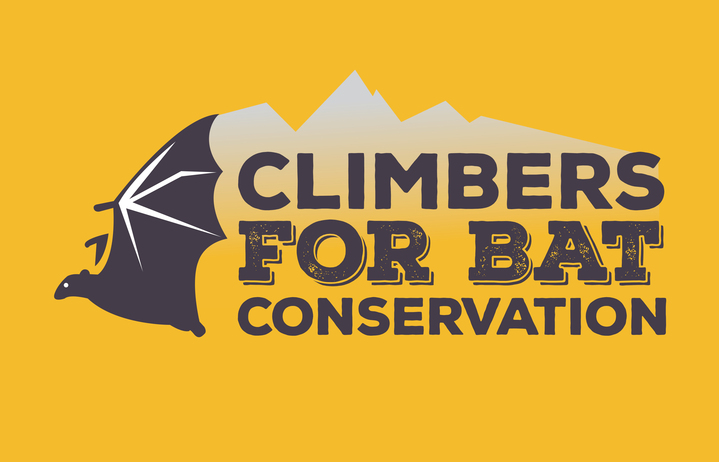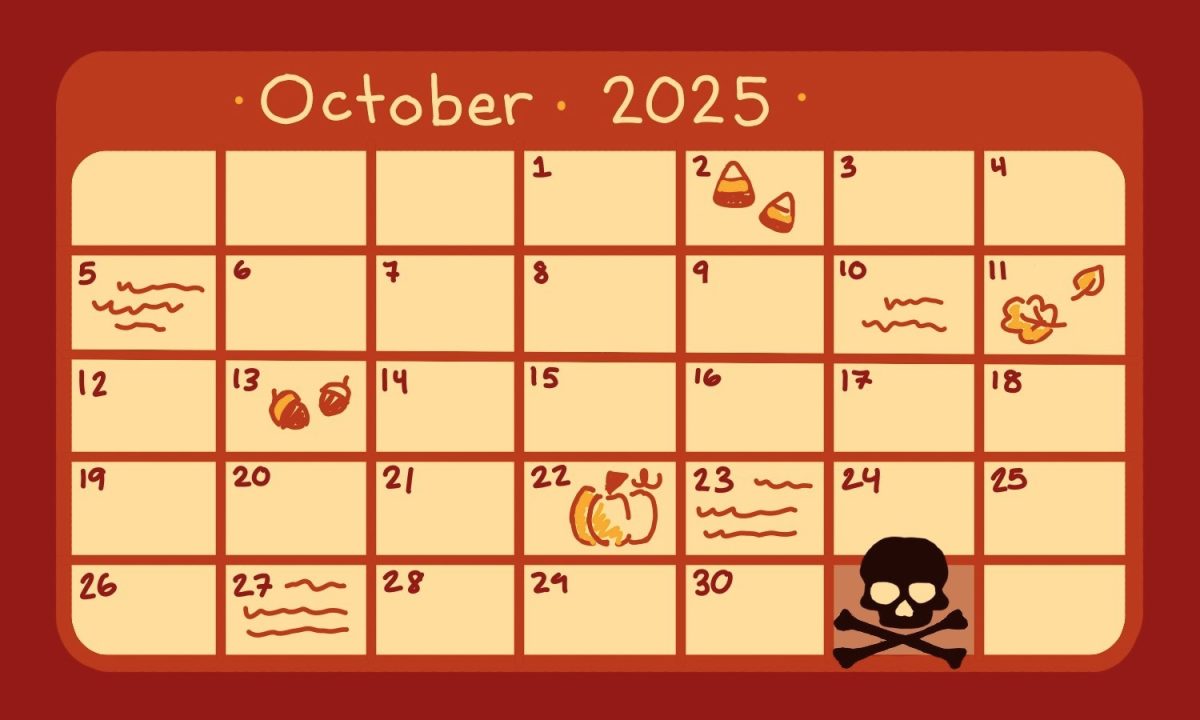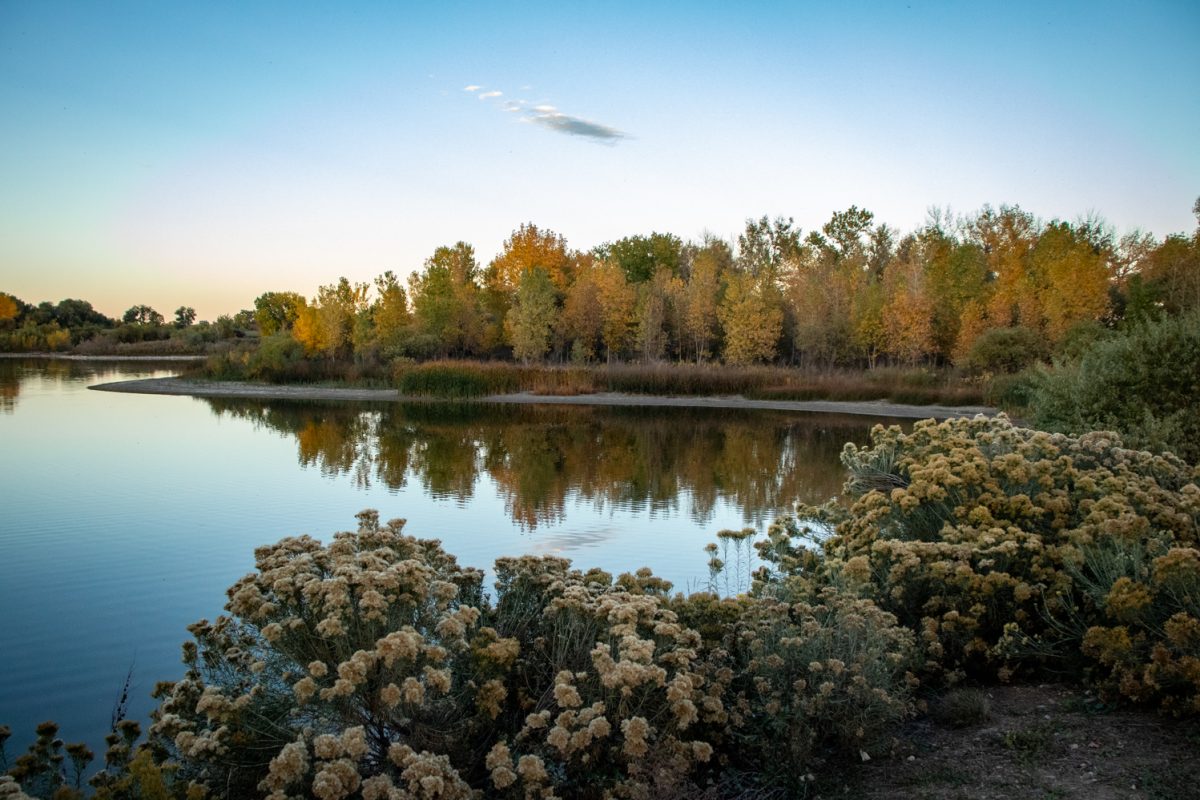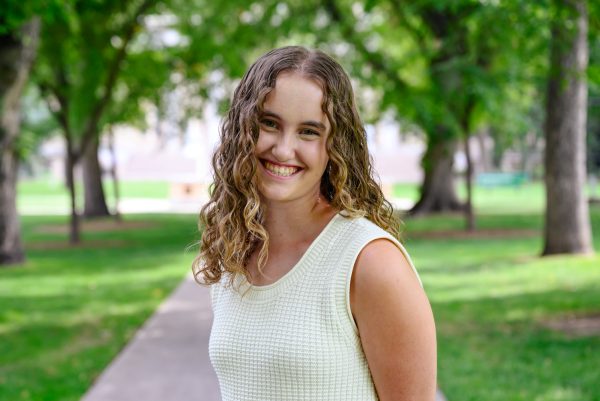Many may think of bats as bloodthirsty creatures, conjuring up popular culture images of vampires and Dracula. But the stereotype couldn’t be further from the truth, as one group at Colorado State University is trying to express through collaborative conservation.
Climbers for Bat Conservation is a collaborative effort between biologists, rock climbers and land managers to locate, track and record bat colony locations by utilizing climbers as a resource to reach previously untapped colonies.
“We’ve always known that bats roost along cliffs, but we didn’t know how to access them,” CSU research zoologist and CBC Director Robert Schorr said.
Schorr emphasized the need for bat research, as bats are a valuable asset to both the natural ecosystem and human economies; they save the agricultural industry $23 billion annually through pest management. They also act as pollinators of bananas, mangos and agave, from which tequila is made.
Vampire bats also have a chemical compound in their saliva that has been used with heart surgery patients to reduce blood clots.
Despite all this, minimal research is available on basic bat ecology and roosting habitats, according to CBC’s website. Schorr is trying to change this through ongoing collaborative work with climbers while not taking away from climbers’ use of outdoor recreation spaces.
“We didn’t want to scare climbers, so when they have meetings, (we go) and talk with them about why we want the information,” Schorr said, putting emphasis on transparency with climbers, as CBC’s retrieval of the information will not prevent climbers from continuing to climb near reported colonies.
Since its inception, the collaborative has worked closely with the Northern Colorado Climbers Coalition, resulting in a positive relationship between climbers and conservationists.
“Climbers for Bat Conservation is a great way for bat biologists and climbers to work together instead of having more of a contentious relationship where biologists think climbers are getting in the way of the work,” NCCC President Bennett Scott said.
This positive relationship has also been measured beyond Colorado. Emily Gross, a graduate student in environmental leadership, completed her research project this past summer and fall volunteering for CBC at Red River Gorge, Kentucky, an area renowned for its world-class climbing.
“(I conducted) semistructured interviews with rock climbers to learn more about what motivates them to record a bat and then also what’s keeping them from reporting,” Gross said.
Gross’ research will be used to implement outreach programs to further expand the program for future uses. But one theme continued to run through her findings.
“We know that climbers really value community,” Gross said. “And having buy-in from the community for our conservation efforts is really important. Addressing that access and navigating that as both a land manager and a biologist is very important.”
The responses the organization has received so far to its bat tracking program have been greater than Schorr ever thought it could reach, totaling over 300 to date.
“We have records from further away than I ever thought we would,” Schorr said. “We have records from Cuba now. We have records from Italy, Kenya, Bulgaria (and) Norway. I never expected it to have that broad (of a) scope.”
Looking forward to the future, the organization still has work to do, which includes implementing a program to check up on bat colonies that climbers report sighting.
“We’re still trying to grow the organization,” Schorr said. “Ideally, we would find the funding, (and) we would have a branch of climbers that would follow up on where other climbers have seen bats to climb and see how those bats are doing.”
Even though the organization is still in its infancy, Schorr emphasized the ability of climbers to get involved right away, especially through submitting bat locations on their website.
“Right now, the best way to get involved until we can get a bigger organization established is if you’re a climber,” Schorr said. “Let us know if you’ve seen bats.”
Reach Katie Fisher at science@collegian.com or on Twitter @CSUCollegian.












